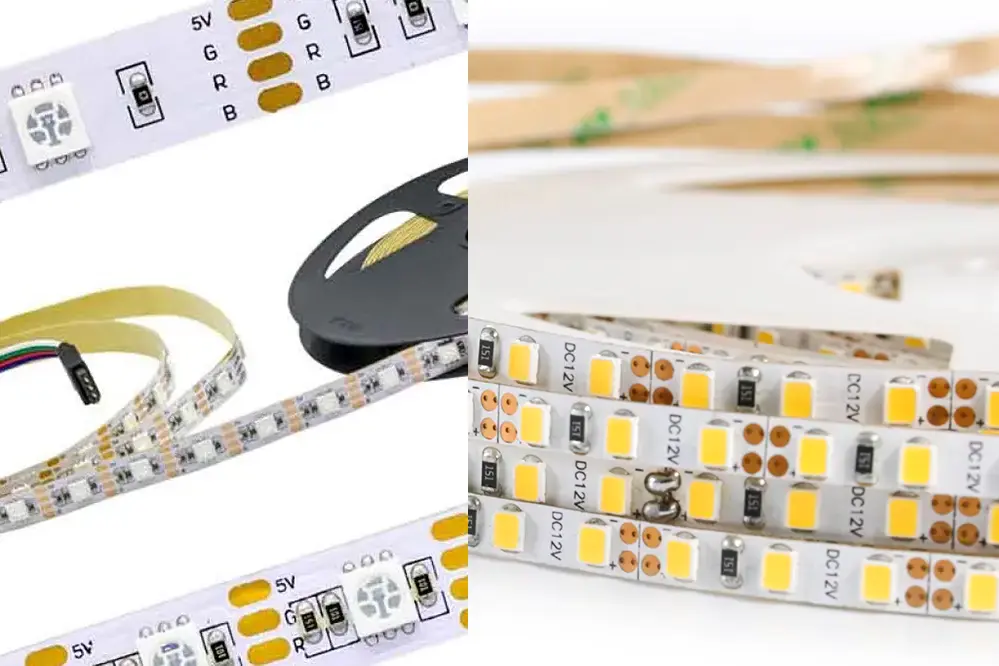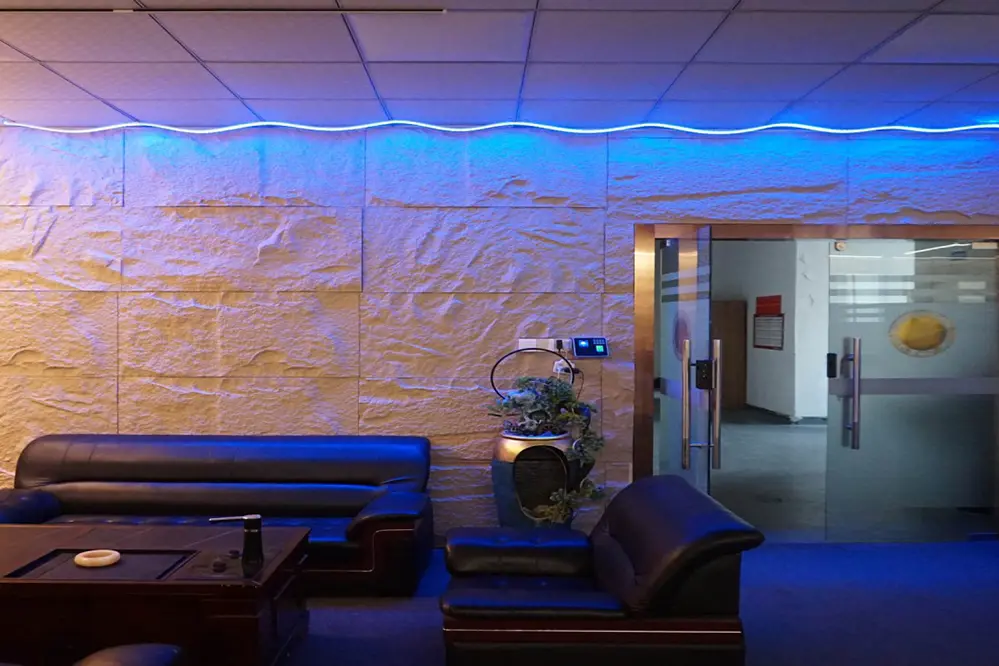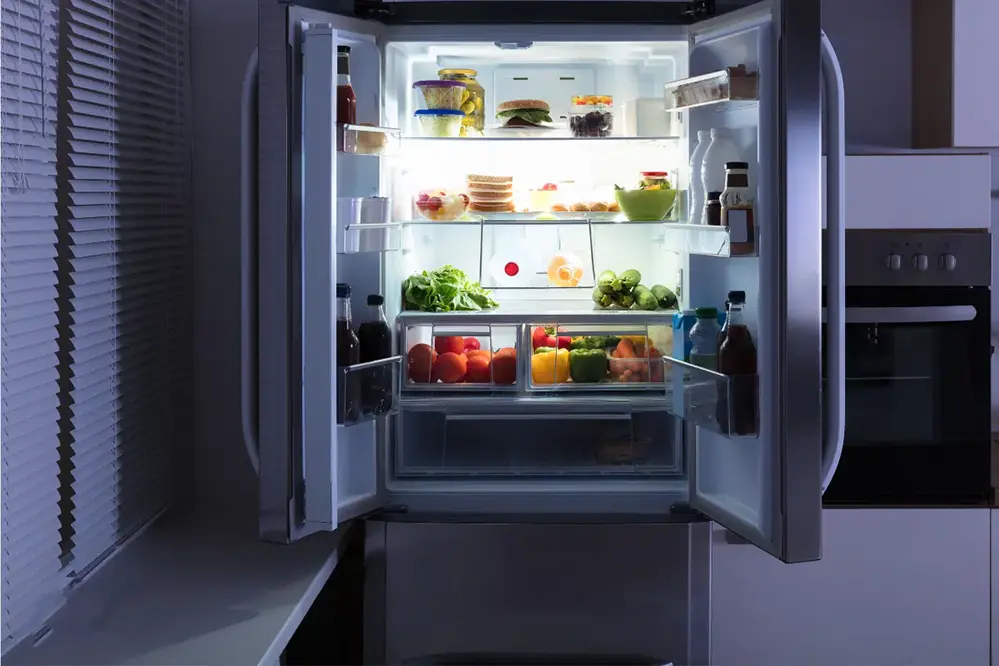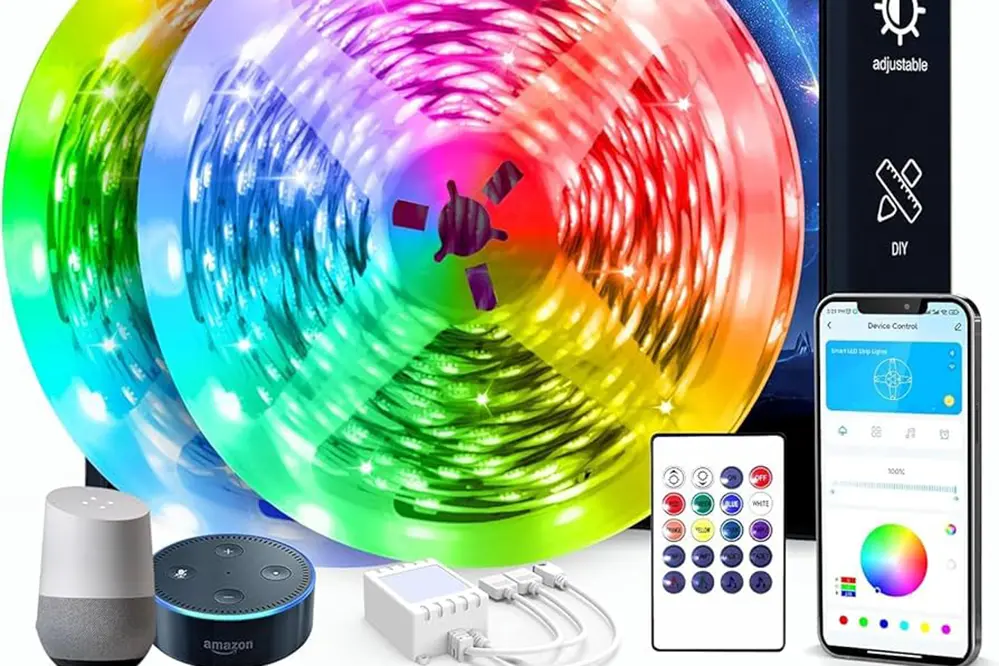LED technology has revolutionized the lighting industry, offering unprecedented flexibility and energy efficiency. This technological advancement has sparked a debate regarding the optimal voltage for LED strips in various applications.
Which voltage options to choose? 5V or 12V?
Both 5V and 12V LED strips have their unique advantages and are suited to different project requirements, often utilizing constant current for optimal performance. The choice ultimately hinges on specific project needs and design considerations.
Understanding Voltage in LED Strips
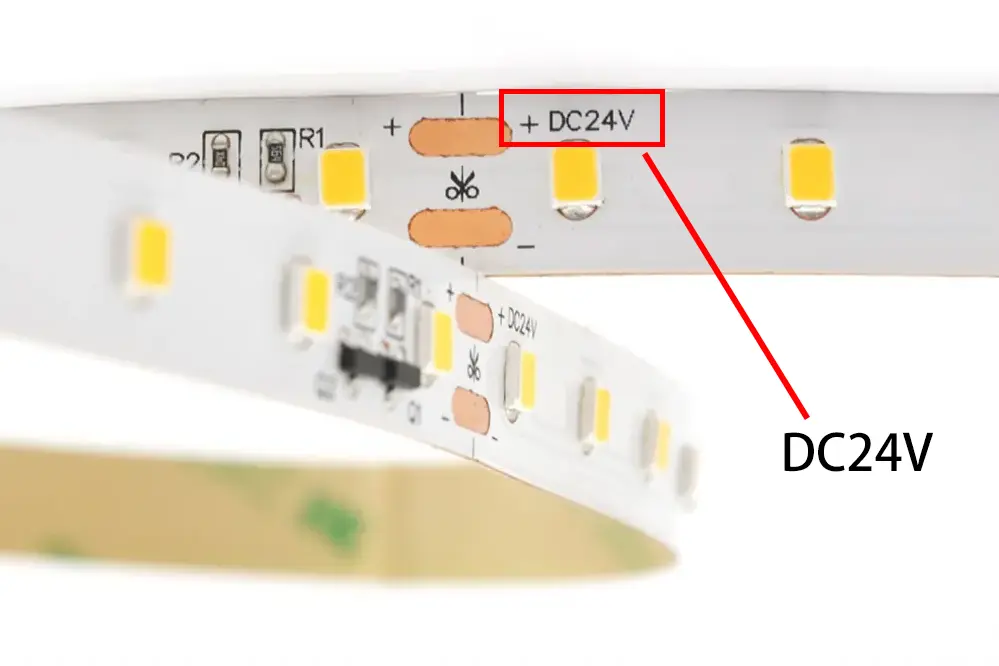
Choosing between 5V and 12V LED strips requires a solid grasp of electrical principles.
Voltage, in the context of LED strips, is a fundamental factor that affects brightness, power consumption, and installation complexity. When comparing 5V and 12V LED strips, one must consider the voltage drop, which is more pronounced with higher voltage, potentially impacting performance over long distances.
Essentially, voltage drop refers to a decrease in voltage that occurs along the length of the LED strip. For 5V LED strips, careful planning and shorter runs can mitigate this issue, whereas 12V strips can handle longer lengths with minimal voltage drop without requiring extensive management.
In conclusion, understanding the basics of voltage and its practical implications is paramount when selecting the appropriate LED strip for a project. This knowledge not only aids in optimizing performance and efficiency but also ensures a successful and visually stunning outcome, regardless of voltage choice.
Difference Between 5V and 12V LED Strips
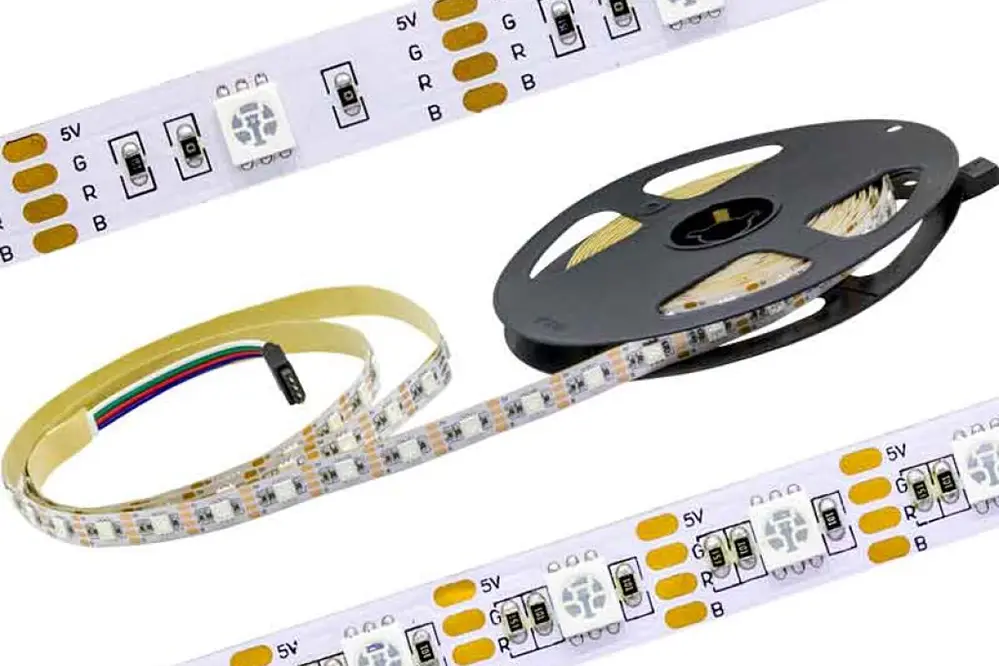
The primary difference lies in the voltage each type requires to function. 5V LED strips necessitate a lower voltage.
Therefore, 5V strips are more susceptible to voltage drop issues. This often makes them suitable for shorter runs.
Conversely, 12V LED strips are more robust in handling longer distances. They exhibit far less voltage drop over extended lengths, providing consistent brightness and performance.
Choosing between them largely depends on project specifics. Consider the installation’s scale and desired brightness to ensure the strips meet performance expectations. Lower voltage works well for intricate, close-proximity designs. Higher voltage suits expansive, meticulously illuminated spaces, always ensuring an exceptional outcome.
Power Consumption Comparison
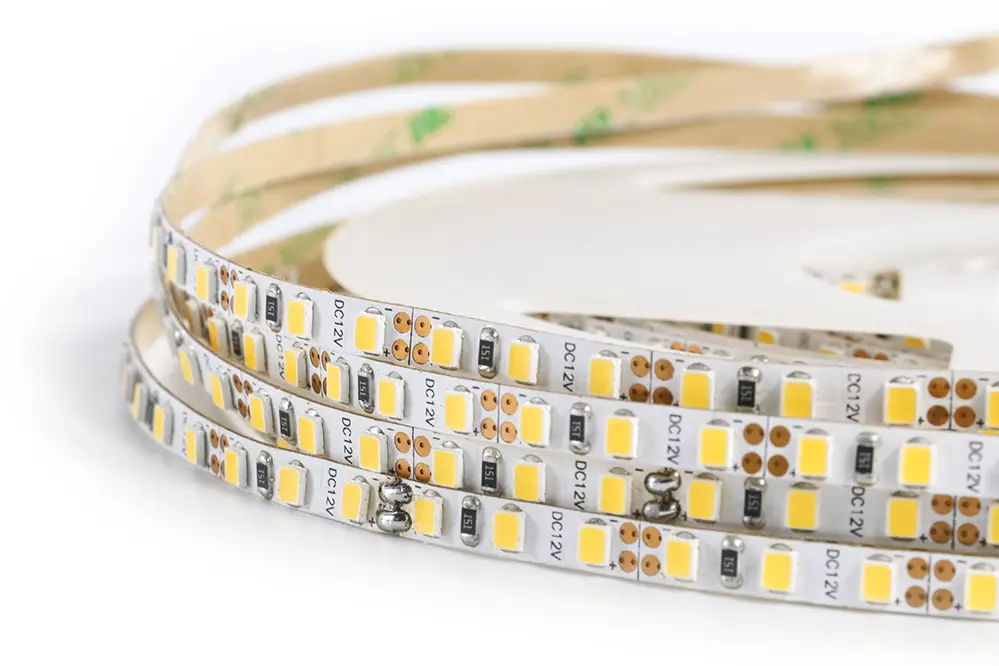
When evaluating 5V vs. 12V LED strips, power consumption is a critical consideration.
5V LED strips often consume less power per individual LED.
However, the overall power draw can increase significantly in longer installations. Higher voltage, like 12V, can be more efficient over extended lengths because of reduced current requirements.
Ultimately, the choice between 5V and 12V entails balancing power efficiency with the scale of your project. By meticulously analyzing power needs against the strip length and desired brightness, one can achieve an optimal blend of performance and energy efficiency. This ensures the project remains both visually impressive and resource-efficient.
Brightness and Light Output
In terms of brightness and light output, both 5V and 12V LED strips offer compelling illumination options for various projects.
Generally, 12V LED strips tend to provide a brighter light output compared to their 5V counterparts, which can be advantageous for settings that demand higher illumination levels. This increased brightness can enhance visibility and aesthetics, making 12V strips suitable for commercial installations or larger spaces requiring robust lighting solutions.
Conversely, 5V LED strips might be a superior choice for applications where softer, subtler lighting is desired. For example, their slightly diminished brightness could be more suitable for ambient lighting or decorative purposes that do not necessitate intense luminance but rather a gentle glow to achieve a particular atmospheric effect.
Therefore, the optimal selection hinges on the project’s specific lighting requirements. If brightness and high visibility are paramount, 12V strips are likely the better option. Conversely, for achieving nuanced lighting effects where softer illumination is preferred, 5V LED strips could be the ideal choice. Evaluating the precise needs and context of the installation will ensure the chosen LED strip aligns perfectly with the desired outcome, blending aesthetic appeal with functional efficiency.
Length and Flexibility Factors
When deciding between 5V vs. 12V LED strips, length and flexibility considerations play a crucial role. Understanding these factors helps in ensuring the LED lighting aligns with the project’s specifications.
Firstly, 12V LED strips tend to accommodate longer lengths without a noticeable drop in brightness.
This feature makes them ideal for expansive projects demanding consistent illumination.
Conversely, 5V LED strips may experience voltage drops over extended runs in comparison.
Thus, their application is better suited to shorter segments or intricate designs.
Ultimately, the decision hinges on the project’s specific requirements, with each voltage offering distinct benefits in terms of length and flexibility. Carefully assessing these factors ensures a well-lit, aesthetically pleasing result.
Cost Considerations
When evaluating 5V vs. 12V LED strips, cost considerations are an essential factor in decision-making. Project budgets can vary significantly, and one must consider the overall financial impact of their choice.
Typically, 5V LED strips are slightly less expensive than their 12V counterparts.
However, this cost difference can be influenced by the intricacies of the project. For instance, 12V LED strips may incur additional savings due to fewer power supplies needed over longer runs.
Furthermore, the efficiency and longevity of the 12V LED strips often contribute to their overall cost-effectiveness. By evaluating the total lifetime cost—including potential maintenance and energy consumption—one can make a more informed, economically sound decision. This approach ensures a balance between initial expenditure and long-term value, aligning fiscal prudence with project aspirations.
Installation Differences
When considering the installation of 5V vs. 12V LED strips, several key differences arise, impacting ease, compatibility, and efficiency within the project scope.
5V LED strips are generally simpler to install and can be powered directly by USB ports.
This makes them highly suitable for DIY and smaller-scale projects.
Conversely, 12V LED strips might require a dedicated power supply and voltage regulators, adding layers of complexity.
Therefore, when planning for larger installations, 12V LED strips might offer the advantages of fewer power drops over extensive lengths and better brightness control.
Ultimately, the decision pivots on the project’s scale and complexity, making it essential to weigh the installation requirements carefully.
Heat Generation and Management
Heat generation varies between the two voltages.
5V LED strips typically generate less heat compared to their 12V counterparts. This lower heat output is beneficial for projects demanding precise temperature management, such as in enclosed spaces or near heat-sensitive materials. Consequently, the 5V LED strips often obviate the need for additional cooling solutions.
However, 12V LED strips can manage heat efficiently.
Their design can incorporate advanced heat dissipation techniques—such as thicker PCB layers and integrated heat sinks—making them suitable for high-intensity applications.
Therefore, understanding the heat management requirements is crucial. Both 5V and 12V LED strips offer solutions, but the specific project’s demands will determine the optimal choice. This consideration impacts long-term reliability, efficiency, and safety, ultimately driving the project’s success.
Durability and Longevity
When considering durability and longevity, the voltage of LED strips plays a crucial role. Both 5V and 12V LED strips are designed with longevity in mind.
However, 12V LED strips tend to have a slight edge in this aspect.
Their construction allows them to operate with lower current levels, reducing heat generation and thereby extending their lifespan. This makes 12V LED strips particularly suitable for prolonged, high-intensity applications where durability is paramount.
Additionally, their higher voltage capacity makes 12V LED strips less prone to voltage drop. This ensures consistent illumination across longer distances, a factor buoying their longevity and reliability. In choosing between 5V and 12V, one must assess the specific needs and environmental conditions of the project to make an informed decision that prioritizes both performance and endurance.
Color Options Availability
The selection between 5V vs. 12V LED strip may often hinge on the available color options. Which voltage standard provides the most versatile palette?
Since 2016, manufacturers have ramped up their offerings across both 5V and 12V LED strips. Therefore, consumers can expect a wide variety of colors and effects, including both single-color and RGB variants.
Yet, it’s worth noting that some advanced color effects might be more readily available in one voltage over the other. For example, certain 5V LED strips might offer more intricate color sequencing.
Projects that demand the most vibrant hues, shimmering patterns, or adaptive color-changing capabilities should carefully vet the 5V and 12V specifications, as these can reflect a myriad of design possibilities.
In conclusion, while both voltages offer a rich spectrum, the specific needs of the project will determine the optimal choice.
Dimming Capabilities
The ability to control brightness is a key feature of LED strip lighting. When comparing 5V vs. 12V LED strip options, one must consider their dimming capabilities.
A 5V LED strip often provides smoother dimming performance.
Its lower voltage allows for finer adjustments in brightness, making it ideal for applications requiring subtle lighting effects. This makes 5V strips especially suitable for sensitive, artistic settings where ambiance is essential.
Conversely, 12V LED strips can support longer runs without voltage drop, which may be beneficial in larger scale projects. Their compatibility with a wide range of dimmers ensures flexibility and precision. Thus, professionals must assess specific project needs to leverage the unique advantages of 5V and 12V dimming capabilities effectively.
Control Options and Compatibility
For those choosing between 5V vs. 12V LED strip lights, understanding control options and compatibility is crucial for optimal performance.
5V LED strips showcase more flexibility in control mechanisms.
These strips can be easily integrated with microcontrollers and microprocessors, making them a favorite for DIY electronics enthusiasts, artists, and tech-savvy individuals keen on nuanced and sophisticated lighting effects.
On the other hand, 12V LED strips tend to be more compatible with a broad array of standard LED controllers and dimmers. This compatibility allows for easier integration into larger and more complex applications, providing a robust solution for architectural projects, commercial installations, and professional-grade lighting setups. They help ensure seamless control, eliminating the potential for flickering or incompatibility issues.
Safety Concerns
When evaluating 5V vs. 12V LED strip options, safety should always be a top priority.
Higher-voltage systems, such as 12V LED strips, typically offer a more robust electrical infrastructure, reducing the risk of voltage drops, which can cause overheating and potential hazards. This stability means fewer chances of malfunctions and a lesser likelihood of fire risks, providing peace of mind especially in larger installations.
Conversely, 5V LED strips work with lower voltage, which is intrinsically safer for handling and is less likely to result in severe electrical shocks. However, it’s imperative to ensure they are used within their designated power limits to prevent overloading and possible damages.
Regardless of the voltage, adhering to proper installation protocols, utilizing quality components, and consulting with professional guidelines are paramount to ensuring safety. These precautions enhance the longevity and operational security of your LED strips, fostering a successful and worry-free lighting project.
Energy Efficiency
Selecting LED strips involves considering energy efficiency to maximize the benefits for any lighting project.
When comparing 5V vs. 12V LED strips, understanding their energy consumption dynamics is crucial. Both types offer efficient lighting solutions yet differ significantly.
A 5V LED strip generally consumes less power per LED, making it an ideal choice for small-scale installations where energy savings are paramount. This translates to lower utility costs.
Conversely, a 12V LED strip might be slightly more efficient for larger installations. It usually requires fewer power supplies, reducing overall energy consumption in extensive projects.
Overall, choosing based on the project’s energy needs ensures optimal performance and efficiency.
Best Uses for 5V LED Strips
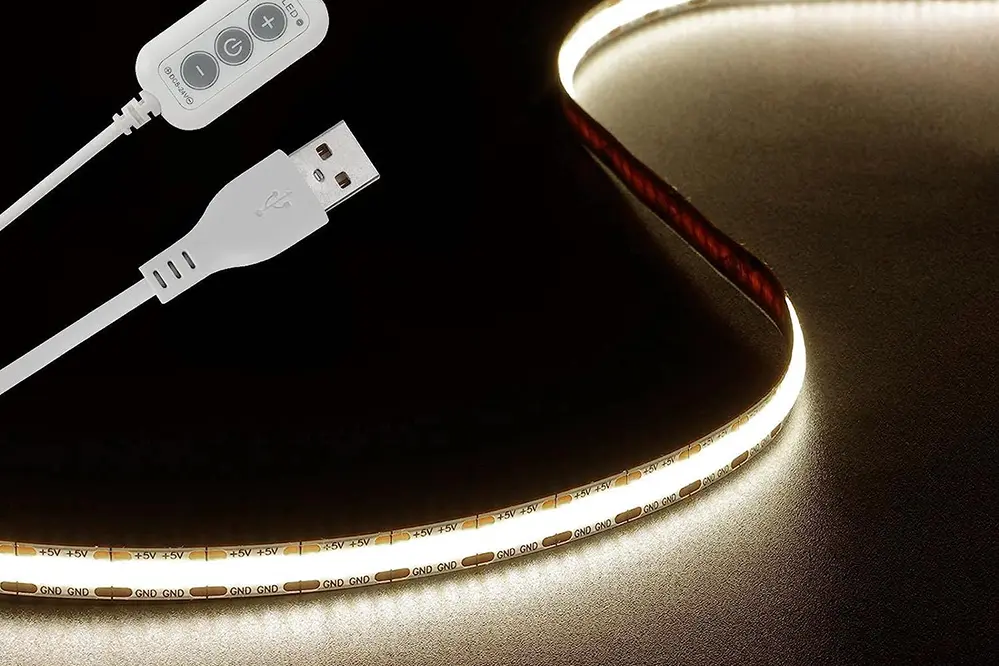
5V LED strips are perfect for smaller, more intricate lighting projects or areas with minimal space constraints.
These strips excel in portable applications, offering flexibility and ease of use.
Such low-voltage solutions are particularly suited for accent lighting, creating visually stunning effects for displays.
Their compact design facilitates integration into various electronic projects or even DIY creations, providing a versatile, dynamic option while maintaining energy efficiency. As a result, individuals looking to add a touch of modernity to their personal or professional spaces will find 5V LED strips to be invaluable.
Best Uses for 12V LED Strips

12V LED strips excel in larger, more robust applications.
Their higher voltage makes them ideal for extensive installations. For instance, they work exceptionally well in commercial environments such as retail spaces, where large, continuous lengths are needed. Furthermore, due to the higher voltage, they are less susceptible to voltage drop, ensuring consistent brightness over longer distances.
They offer superior functionality.
12V strips are ideal for automotive lighting projects. Their resilience against fluctuations in voltage, which commonly occur in vehicles, makes them a reliable choice for enhancing both interior and exterior automotive aesthetics.
For outdoor and architectural lighting applications, 12V LED strips stand out. They offer the durability and brightness required to illuminate large areas, making them perfect for landscaping, building facades, and other extensive outdoor projects. Their robust design ensures longevity and performance, providing a high-value option for these demanding environments.
Choosing the Right LED Strip for Your Project
When selecting the appropriate LED strip for your project, several critical factors should be considered, as each choice offers unique advantages suited to varying applications.
An essential aspect lies in understanding the power requirements.
For compact and intricate designs, a 5V LED strip might be the optimal choice due to its flexibility and lower power consumption capabilities. These strips excel in applications where close-up illumination is required, such as in computer casings, under-cabinet lighting, or minor DIY electronics.
On the other hand, 12V LED strips are paramount when looking for durability and consistent brightness over long distances. Whether it’s a commercial space, an automotive installation, or an expansive outdoor area, the 12V option delivers robust performance. Matching the LED voltage to the intended application’s scope and requirements ensures a successful and efficient illumination solution, ultimately enhancing both functionality and aesthetics.
Conclusion
Ultimately, selecting the appropriate voltage LED strip not only ensures efficiency and ideal performance but also inspires confidence in the implementation of your design vision. By evaluating your project’s specific needs and constraints, opting for the right voltage can yield significant benefits. 5V LED strips offer flexibility and are ideal for compact spaces and close-up lighting, while 12V LED strips provide durability and a robust light output for larger installations. This perceptive choice can greatly enhance the effectiveness and aesthetics of the illumination, empowering projects to meet, and even exceed, their intended functionality with brilliance.
For those seeking high-quality LED strip lights and LED neon strips, consider contacting Unitop, a professional Chinese manufacturer renowned for their expertise and superior products. With Unitop, you can ensure that your lighting solutions are both innovative and reliable, perfectly tailored to your project’s requirements.
